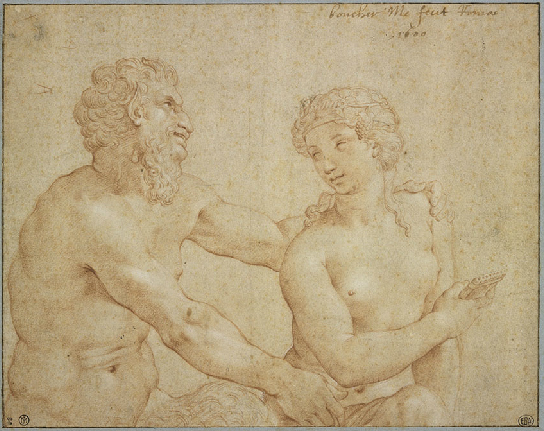Collected and reproduced from the 16th century on, ancient statuary has never ceased to nourish and inspire artists who discovered it in Italy or France through casts or drawn and engraved copies. From Jean Boucher to Carpeaux, via Poussin, Bouchardon and Ingres, the greatest French painters and sculptors were enthusiastic students of this school of antiquity.
Artists have allowed themselves audaciously surprising liberties in their interpretations of antiquity, whether this be in the disturbing transpositions of Jean Boucher and Géricault, who have no qualms about restyling their models in playful and erotic compositions, or radically different contexts, such as when Poussin places an antique box in the foreground of a depiction of the Holy Family.
The exhibition presents around thirty original drawings, some of them never previously exhibited in public, as well as a selection of prints and collections of drawings, all from the Beaux-Arts de Paris collections.
The Cabinet de dessins Jean Bonna thus aims to shed light on the lessons learned from antiquity and the extraordinary productivity garnered through the perspectives of artists on these masterpieces.
À l'école de l'antique : Poussin, Géricault, Ingres...
Cabinet de dessins Jean Bonna
14, rue Bonaparte
Paris 6e
From Wednesay to Sunday. 12 pm – 9 pm
Closed on Monday and Tuesday
Free entry
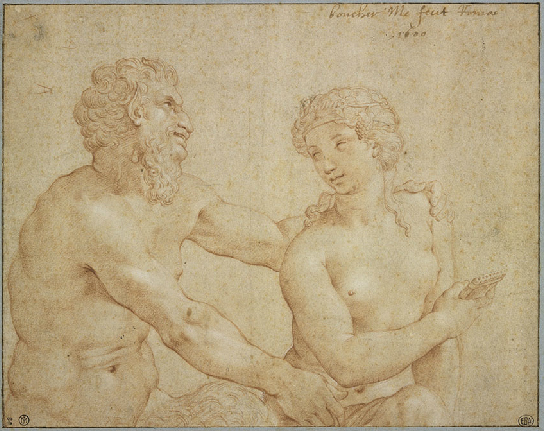
Jean BOUCHER Satyre et Bacchante, 1600 Sanguine et craie sur papier beige J. Masson, don en 1925 © Beaux-Arts de Paris
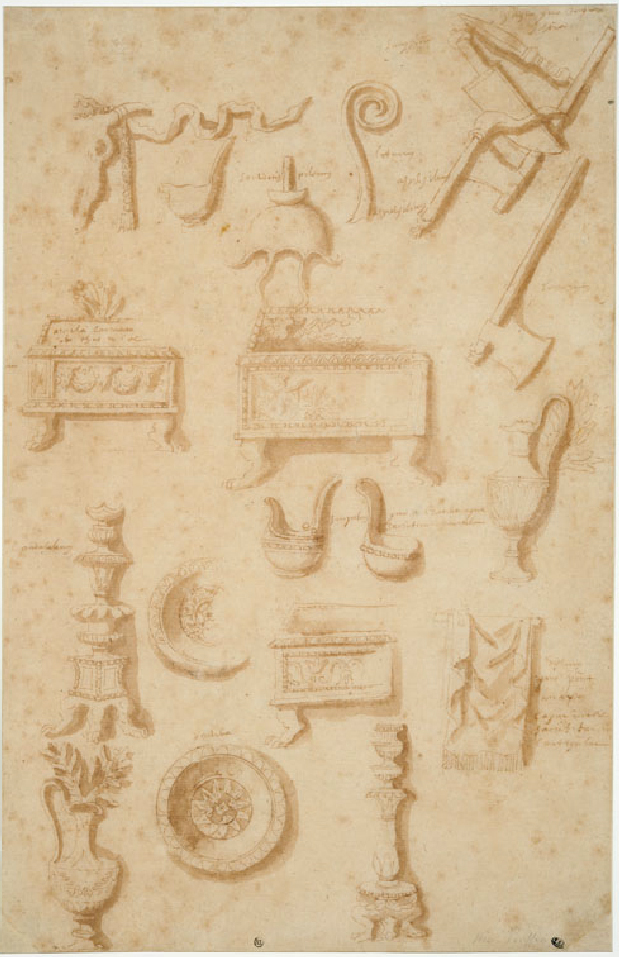
Nicolas POUSSIN Divers instruments de sacrifice antiques, d'après Nicolas Beatrizet, vers 1640 Plume, encre brune et lavis brun A.-C.-H. His de la Salle, don en 1867 © Beaux-Arts de Paris
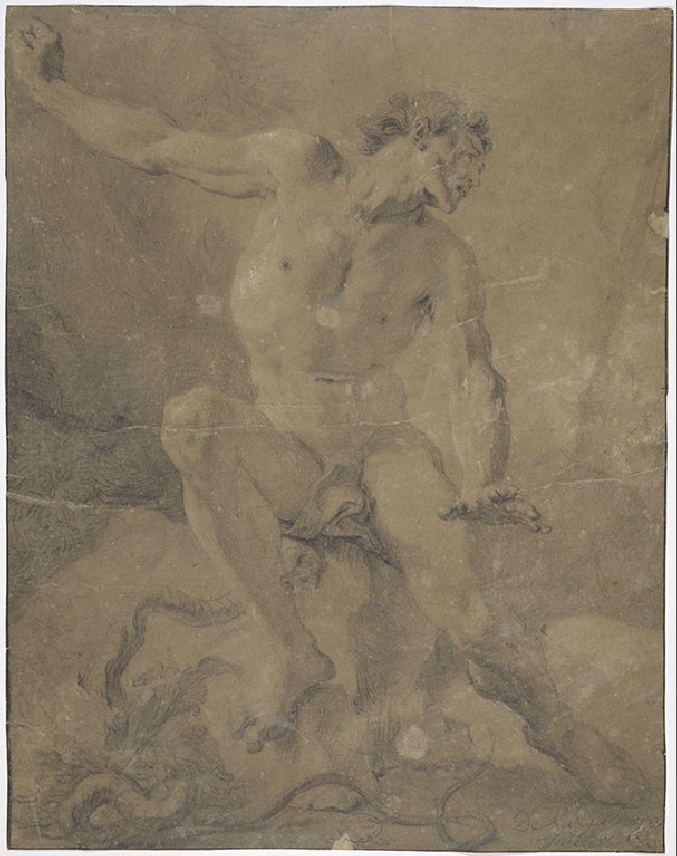
Nicolas DE LAGILLIÈRE Homme mordu par un serpent, assis dans la pose du Laocoon, vers 1705 Pierre noire et craie sur papier brun Fonds de l'Académie royale de peinture et de sculpture © Beaux-Arts de Paris
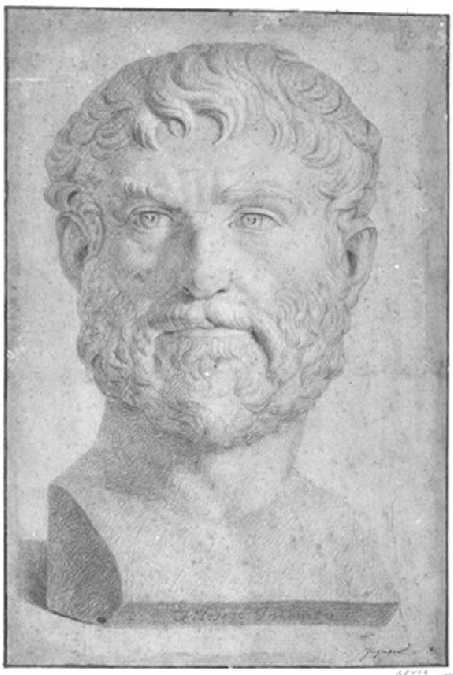
Jean Auguste Dominique INGRES Buste dit d'Aristote, vers 1790 Graphite, rehauts de craie sur papier beige M. Guérin, don en 1932 © Beaux-Arts de Paris
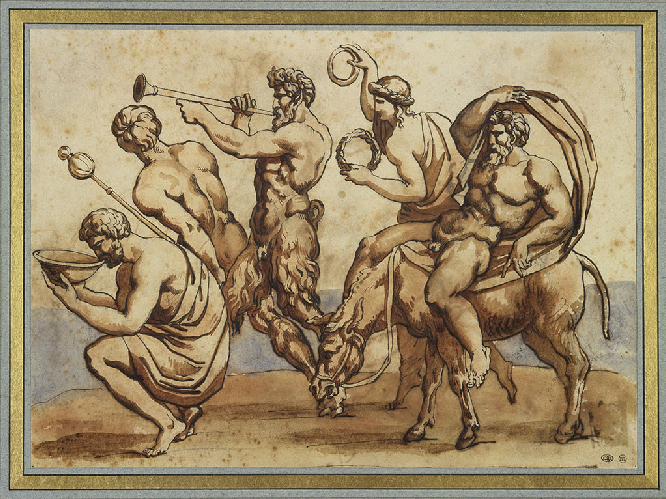
Théodore GÉRICAULT Cortège de Silène, vers 1816-1817 Mine de plomb, encre noire, lavis de sanguine et aquarelle A.-C.-H. His de la Salle, don en 1867 © Beaux-Arts de Paris
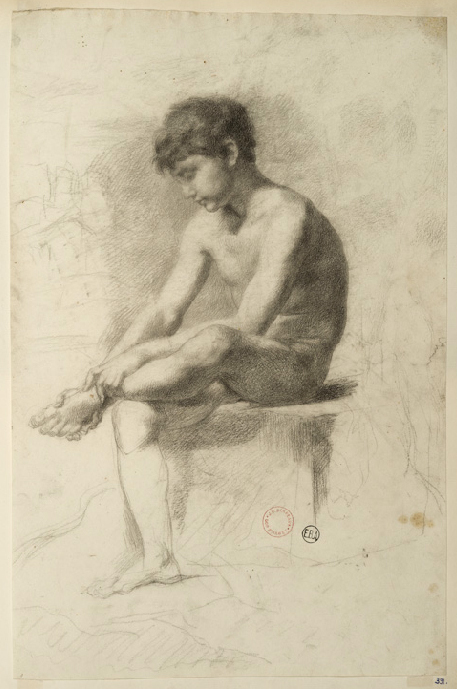
Jean-Baptiste CARPEAUX Étude d'après Le Tireur d'épine, vers 1858 Pierre noire G. Stirbey, don en 1882 © Beaux-Arts de Paris


